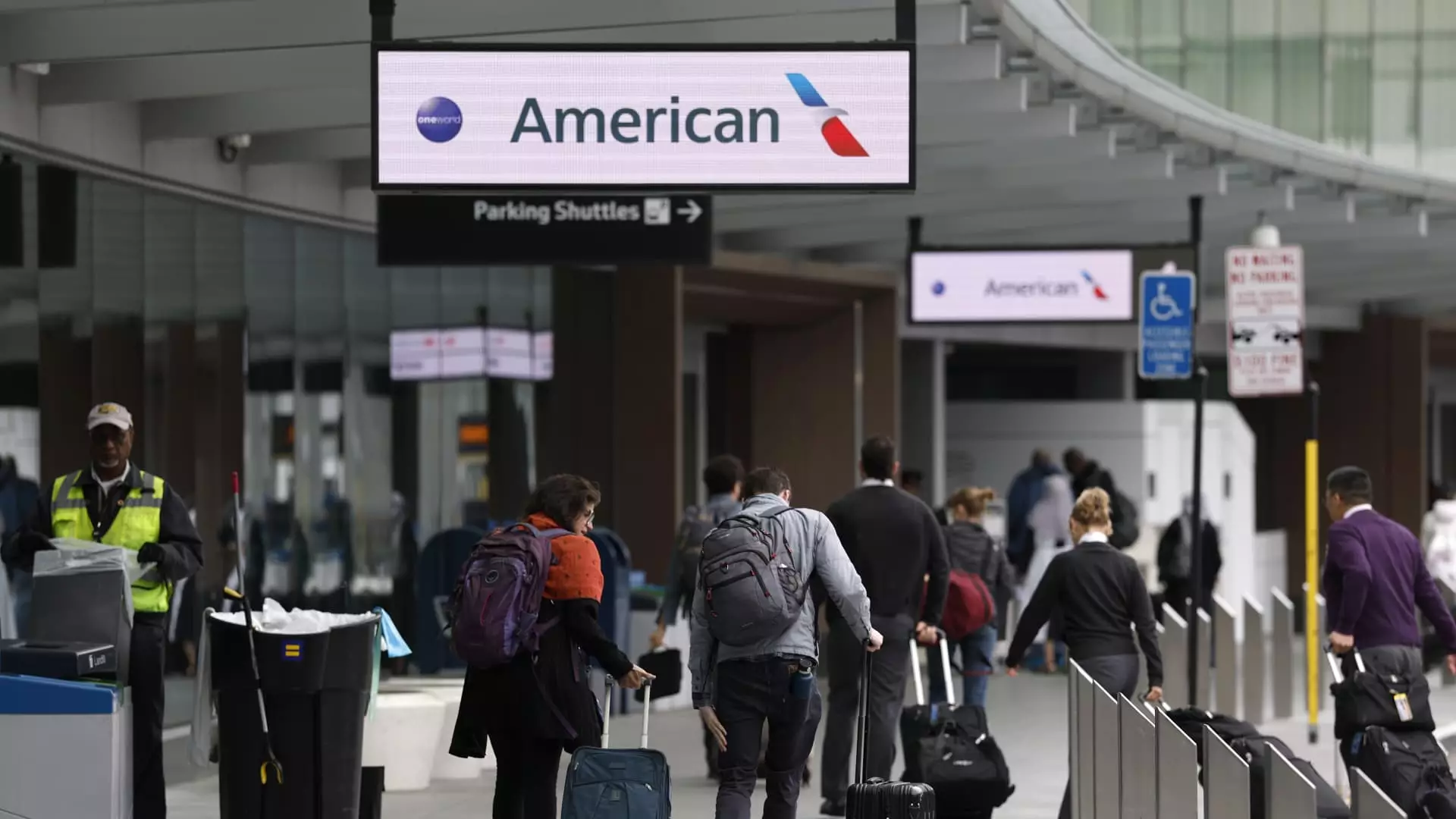As the airline industry gears up for the summer travel season, a palpable sense of caution pervades the atmosphere. Airline executives have sounded alarms over declining demand for domestic travel, revealing that many had overestimated passenger appetite when drafting optimistic forecasts for 2025. The landscape is anything but stable; a mixture of fluctuating tariffs, uncertain economic conditions, and a dip in corporate travel has left airlines grappling with excess capacity. Major players in the industry, including Delta, Southwest, and United Airlines, have begun retracting their growth plans in light of these developments. According to American Airlines’ CEO Robert Isom, uncertainty casts a long shadow over consumer confidence, compelling travelers to reconsider how and when they spend their hard-earned dollars.
Factors Fueling Passenger Hesitance
One cannot overlook the role of macroeconomic factors in shaping consumer behavior regarding air travel. Tariff policies introduced during the Trump administration have caused rippling effects that extend well beyond the realm of international trade to impact personal travel decisions. As operational costs rise and market volatility becomes the norm, households are understandably more hesitant to commit significant funds to leisure travel. Isom aptly points out that when uncertainty looms large, personal travel plans often take a backseat in the public mindset. This behavior is exacerbated by the economic environment, where families and individuals are prioritizing financial security over vacations—a trend that poses serious implications for airlines reliant on passenger traffic.
Corporate Travel: The Backbone of Airline Revenue
Corporate travel has traditionally served as a robust revenue stream for airlines, buoyed by business travelers who are less sensitive to price fluctuations compared to leisure passengers. However, recent trends indicate a stagnation in this crucial segment. Delta’s CEO Ed Bastian noted that while corporate travel initially showed promise, evidenced by a 10% year-on-year increase, the numbers have plateaued, raising concerns for future revenue prospects. The corporate sector is increasingly cautious, and with it comes the reluctance to book last-minute, premium-priced tickets. Analysts, such as Conor Cunningham from Melius Research, emphasize that in times of uncertainty, companies typically scale back on travel expenses—further complicating the airlines’ path to financial health.
A Sky of Empty Seats and Falling Fares
The resultant oversupply of seats has catalyzed a troubling downward trend in airfare. According to the Bureau of Labor Statistics, domestic airfares dropped by 5.3% in March compared to the previous year. This unexpected reduction comes despite peak travel periods like Easter, showcasing airlines’ struggle to fill seats amid waning demand. Alaska Airlines has been particularly vocal about the shifting dynamics, warning that lower-than-anticipated demand could adversely affect their earnings in the upcoming quarter. Despite reassurances that demand remains healthy, it is clear that it is not living up to the optimistic forecasts that drove preemptive capacity expansions.
Looking Ahead: A Call for Certainty
In the face of these challenges, airline executives remain cautiously optimistic—notably, their focus has shifted toward restoring consumer confidence. Isom’s statement articulates a crucial insight: “Certainty will restore the economy, and I think it will restore it pretty quickly.” This assertion highlights the industry’s awareness of the broader economic context and the need for a cohesive and stable environment that encourages consumer spending. It is evident that the airline sector is at a crossroads—a tumultuous period marked by uncertainty that could either lead to strategic realignments or a deeper dilemma if trends do not pivot favorably.
The coming months will serve as a litmus test for the airline industry’s resilience as it strives to navigate through the stormy economic climate. With key decisions on capacity cuts, fare adjustments, and corporate travel strategies hanging in the balance, the future of air travel remains uncertain. Each stakeholder—from CEOs to travelers—will be watching closely as we embark on this unpredictable journey together.


Leave a Reply